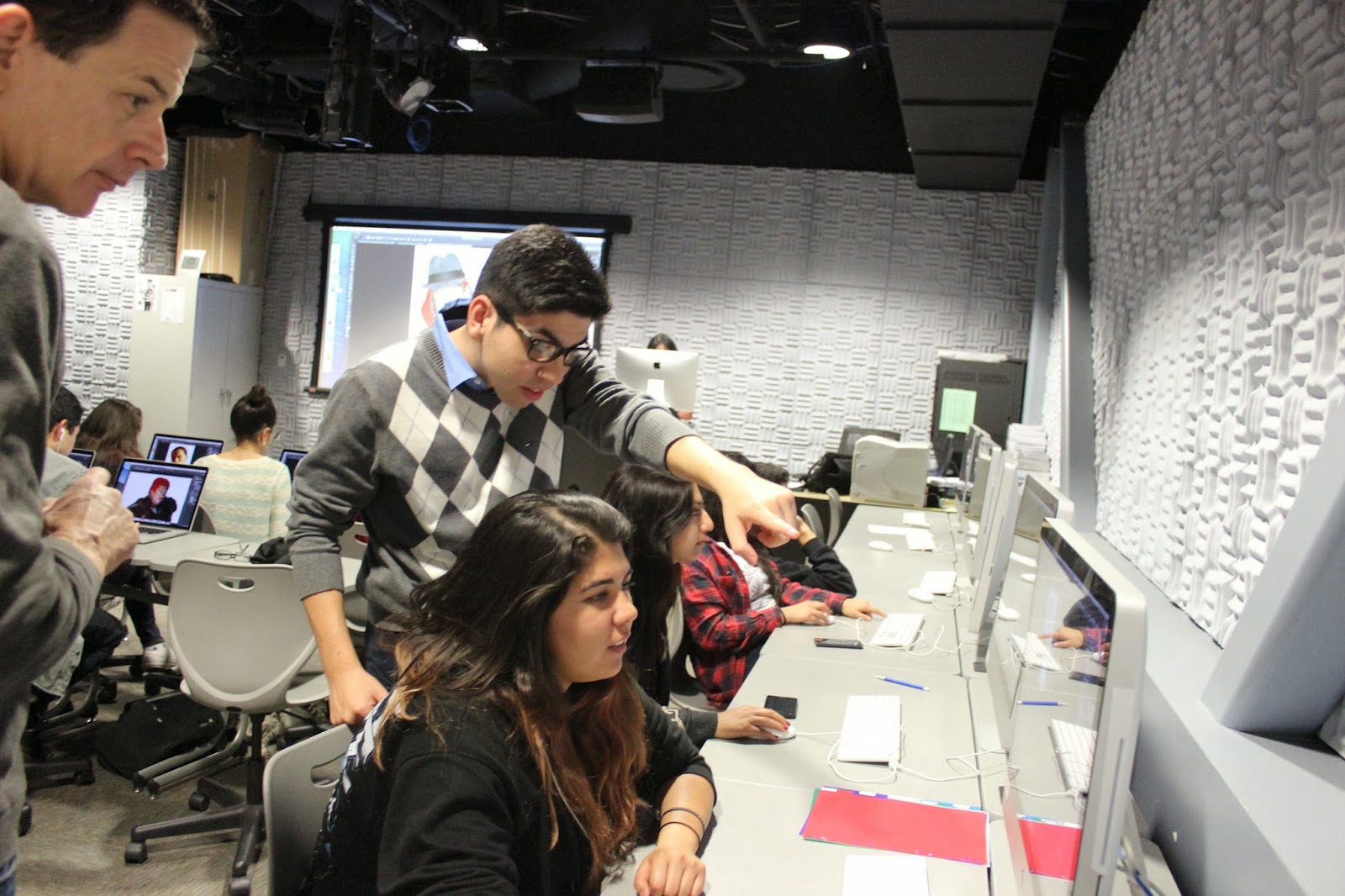What is the best way to run a profitable photography studio whose focus is event and portrait photography?
Answer #2
Having the behind the scenes knowledge of your camera in order to produce a properly exposed and focused image.
3 details to support the answer (a detail is a fact and an example)
ISO- A camera metering system that allows your camera to let light enter the camera.
Aperture- The "eye" of the camera. It is used to have either a sharper or shallower depth of field.
Shutter Speed- The speed of which your camera will take a photo.
The research source (s) to support your details and answer
Saville, Matthew. "Which Equipment Is More Important: The Lighting, The Lens, or The Camera?" Photography Tutorials and Lightroom Tutorials by SLR Lounge RSS. SLR Lounge, n.d. Web. 28 Aug. 2013.
Davies, Ash. The Photoguides Guide To Photography. N.p.: n.p., n.d. Electronic.
I'm honestly not too sure what to write for this, but I believe that anyone who is trying to at least run a studio should be expected to know the fundamentals of how to use your camera.














